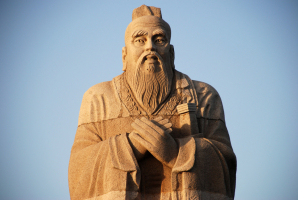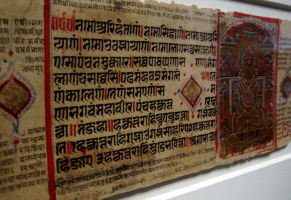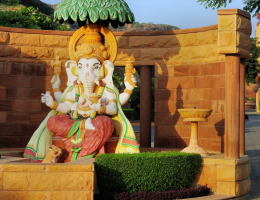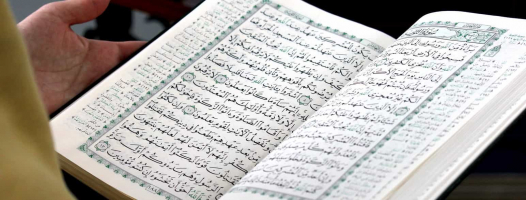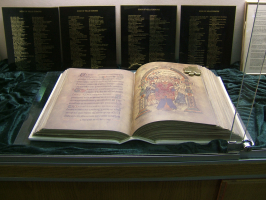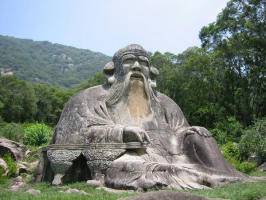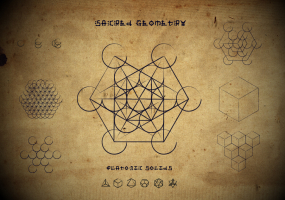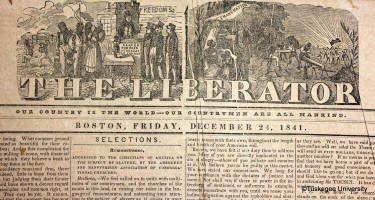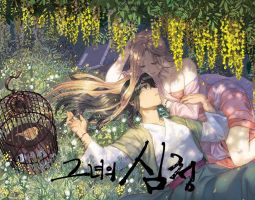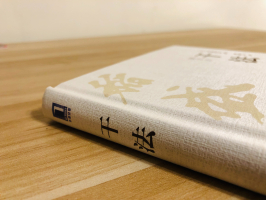Top 10 Most Sacred Texts of Judaism
Judaism's got this incredible history, and guess what? The sacred texts are like the heartbeats of Jewish wisdom, guiding Jewish life and thought for ... read more...centuries. In this article, we’ll take a peek into these special texts and their significance and influence on Jewish faith and culture. It's a journey filled with stories, wisdom, and a whole lot of fascinating Judaism lessons.
-
"The Torah" meaning "instruction" or "teaching" in Hebrew, is the central and most sacred text of Judaism. Comprising the first five books of the Hebrew Bible, it forms the foundation of Jewish law, ethics, and tradition. These books are Genesis (Bereshit), Exodus (Shemot), Leviticus (Vayikra), Numbers (Bamidbar), and Deuteronomy (Devarim).
Genesis tells the story of creation, the Garden of Eden, and the lives of the patriarchs and matriarchs of Judaism. Exodus is a book about the Israelites' exodus from Egypt, their wanderings in the wilderness, and the giving of the Torah at Mount Sinai. Leviticus contains the laws of the priesthood, the sacrifices to be offered in the Temple, and the laws of purity.
Numbers covers regulations of marriage, property, and warfare in addition to recounting the tale of the Israelites' desert wanderings. Deuteronomy is a repetition of the laws of the Torah, and it also contains speeches by Moses in which he reminds the Israelites of their covenant with God.
The Torah is written by hand on a special scroll by someone trained for the job. People treat it with a lot of respect. In synagogues, they read it out loud every week, and it takes a whole year to finish. Jewish scholars and anyone looking for wisdom study its teachings and meanings very carefully to find guidance in life.
The Torah is a complex and multifaceted text, and it has been interpreted in many different ways over the centuries. However, at its core, the Torah is a story about the relationship between God and humanity. It is a story about God's creation of the world, and it is a story about God's covenant with the Jewish people. The Torah is a source of guidance and inspiration for Jews, and it continues to be a vital part of Jewish life today.
Link to buy: https://www.amazon.com/Torah-English-Pentateuch-beginning-Deuteronomy/dp/B0C91KL813
Link to read: https://torah.org/
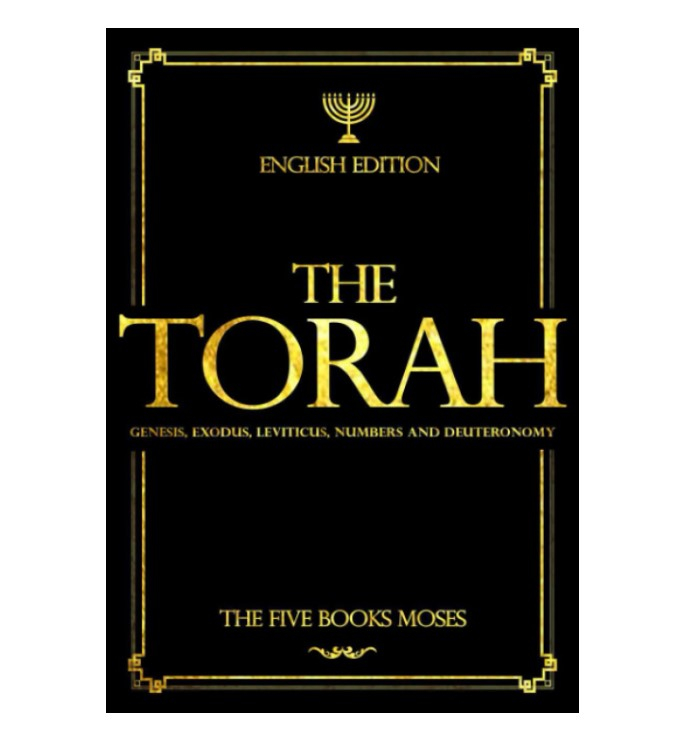
Screenshot of https://www.amazon.com/ 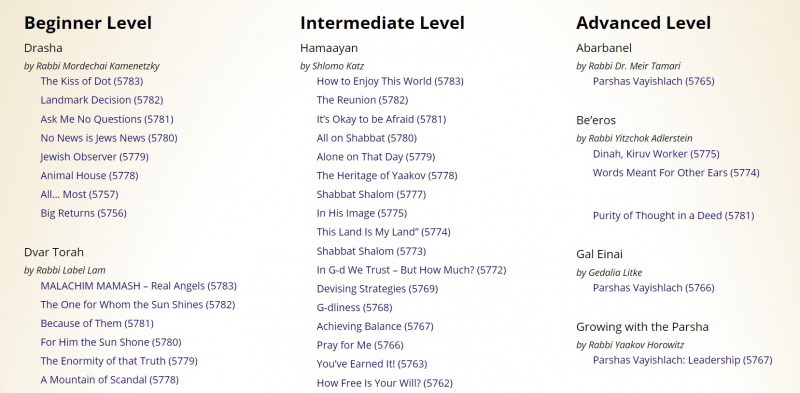
Screenshot of https://torah.org/ -
Among the most sacred texts of Judaism is the Talmud, which means "study" in Hebrew. The Talmud is a big collection of writings about Jewish laws and traditions. It was put together and edited between the third and sixth centuries.
It's written in a mix of Hebrew and Aramaic and has a lot of teachings and discussions from important schools in the Holy Land and Babylonia. There are about 2,711 pages filled with lots of information, and people spend their whole lives studying it because there's so much to learn, with many additional explanations and thoughts written about it.
The Talmud has two main parts: the Mishnah, which has Jewish laws and was written in Hebrew, probably around 200 C.E. in Israel; and the Gemara, which are the discussions and explanations about the Mishnah. The Gemara was written in Hebrew and Aramaic in Israel and Babylonia over the next 300 years.
There are two versions of the Talmud: the Y’rushalmi or Jerusalem Talmud (from Israel) and the Bavli or Babylonian Talmud. The Babylonian Talmud, made after the Jerusalem Talmud, is more famous and is usually seen as more important than the Jerusalem Talmud.
The Talmuds, which are books of law, are quite different from the Mishnah in how they're written and their approach. The Talmuds, especially the Babylonian one, are all about debate. They use a style where ideas are brought up, challenged, argued against, and changed through a back-and-forth of discussion and counterarguments.
Link to buy: https://www.amazon.com/Talmud-H-Polano/dp/1585092371/
Link to read: https://www.sefaria.org/texts/Talmud
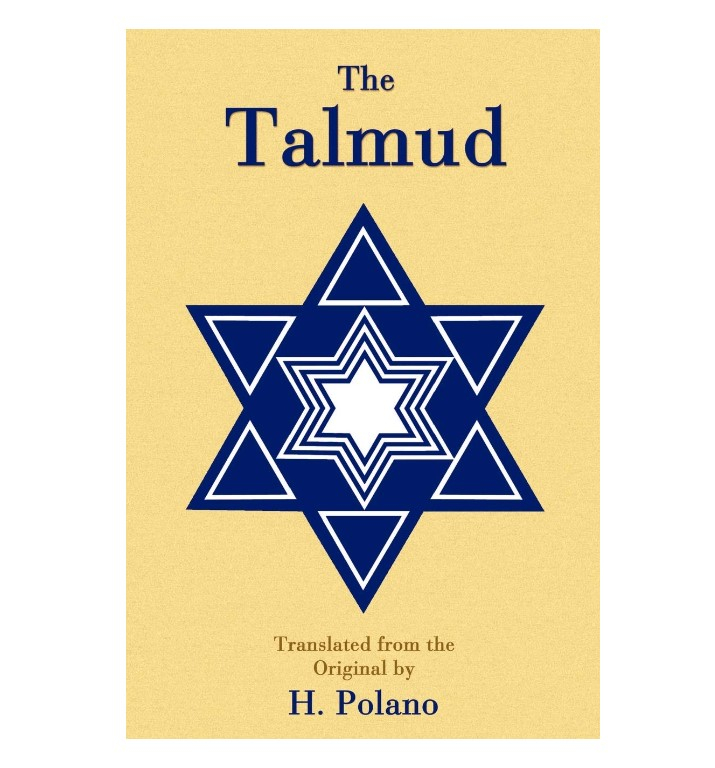
Screenshot of https://www.amazon.com/ 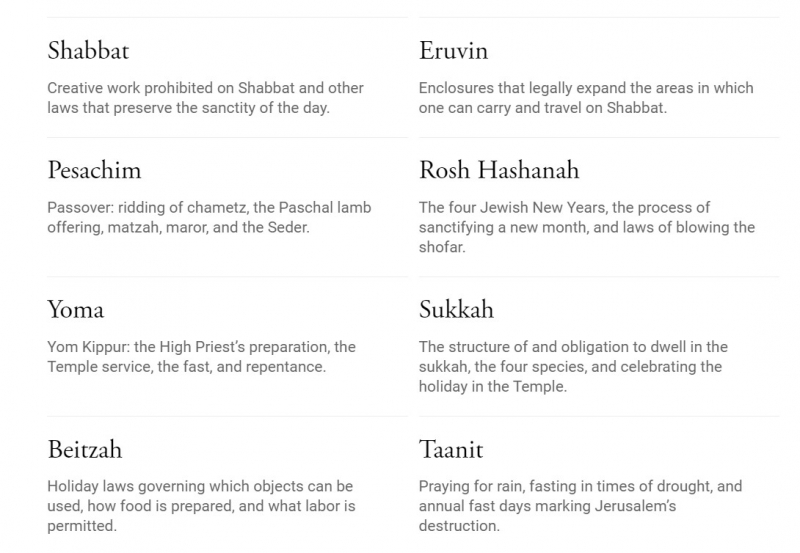
Screenshot of https://www.sefaria.org/texts/Talmud -
The Tehillim, also known as the Book of Psalms, is one of the most beloved and cherished texts in Judaism. It is a collection of 150 poems or songs that express a wide range of human emotions, from praise and thanksgiving to lament and despair. The Tehillim is considered to be a source of comfort, inspiration, and guidance for Jews of all ages and backgrounds.
Traditionally attributed to King David, these poetic writings express a deep connection between the author and the divine. Each Psalm reflects a different aspect of the human experience, offering solace, guidance, and a means to connect with God.
The Tehillim is used extensively in Jewish worship and personal devotion. Its verses are recited in daily prayers, during special occasions, and in times of celebration or distress. Many find comfort and strength in the Psalms, turning to them for inspiration, reflection, and solace during challenging moments.
The poetic nature of the Tehillim adds to its enduring appeal. Its beautiful language and imagery have inspired musicians, artists, and writers throughout history, influencing various forms of artistic expression. The organization of the Tehillim into five distinct books allows for structured recitation and contemplation. Each section carries its themes and messages, contributing to the overall depth and richness of the collection.
Link to buy: https://www.amazon.com/Tehillim-Psalms-Rabbi-Nosson-Scherman/dp/0899066712/
Link to read: https://tehillim-online.com/
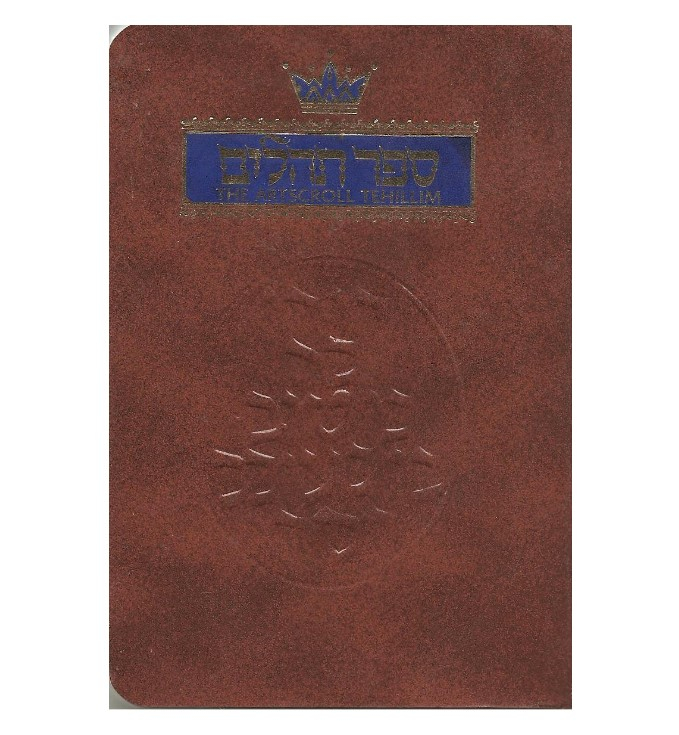
Screenshot of https://www.amazon.com/ 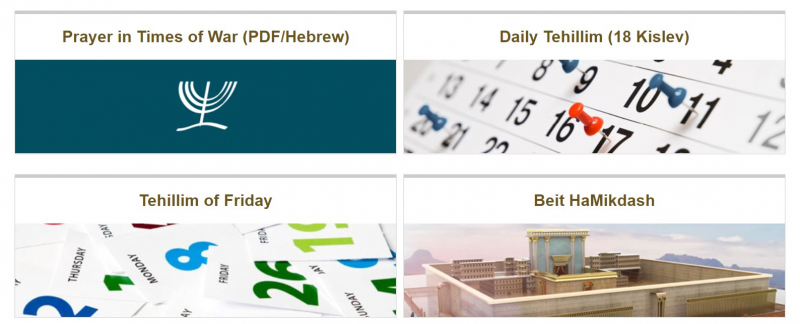
Screenshot of https://tehillim-online.com/ -
The Book of Esther, also called the Megillah or "Scroll," was one of the books added to the Bible. It's one of the five scrolls in the Bible, and Esther is special because it's read from a handwritten parchment scroll. The story of Esther is all about Purim, where Queen Esther becomes a hero and saves the Jewish people living in the huge Persian empire from being wiped out by Haman's evil plan.
These books are really short and part of Ketuvim (the Writings portion of the Torah that comes after the Pentateuch and the Prophets). They are The Song of Songs (Shir HaShirim), Ruth, Lamentations (Eicha), Ecclesiastes (Kohelet), and Esther.
Following Mordechai's guidance, the Megillah is read twice during Purim: once at night and again the next day. Special blessings are said before and after the Megillah reading. It's a mitzvah, a good deed, to listen to the entire Megillah reading, so it's crucial to stay completely quiet during it to ensure everyone can hear every word. It's a common practice to follow along with the reader during the reading.
If you can't go to the synagogue, you can still read the Megillah at home. Just make sure it's from a real scroll and read by someone who knows the right way to say the Hebrew words. Some words might look different from how they sound, so it's important to pronounce them accurately. You can use an interactive trainer to learn how to say the words and their tunes.
Link to buy: https://www.amazon.com/Megillah-Book-Esther-ArtScroll-Tanach/dp/0899060005
Link to read: https://www.sefaria.org/Megillah
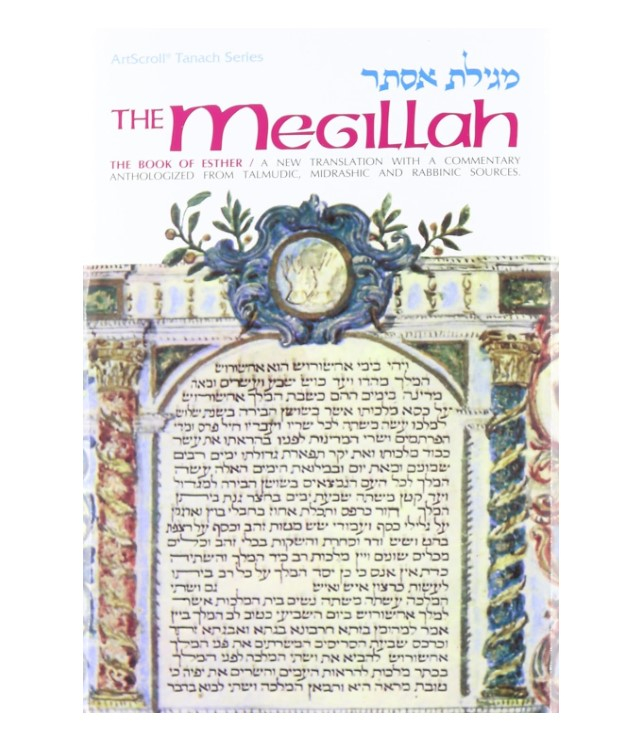
Screenshot of https://www.amazon.com/ 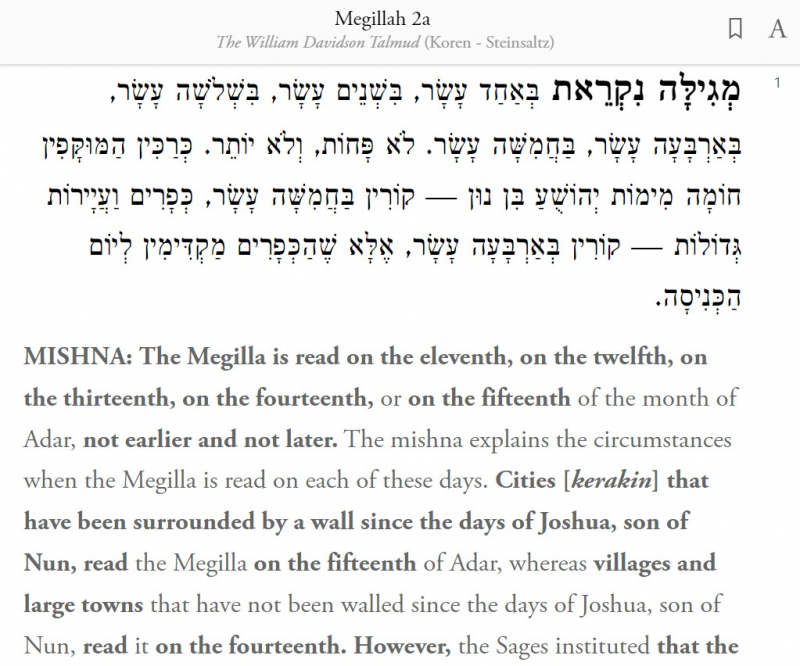
Screenshot of https://www.sefaria.org/Megillah -
The Mishnah, which means "repetition" or "study" in Hebrew, is a crucial book in Judaism. Rabbi Judah ha-Nasi put it together around 200 CE. It carefully organizes and explains the Oral Torah, which holds lots of Jewish traditions and interpretations passed down over time.
The Mishnah links the written Torah (the first five books of the Hebrew Bible) with the Talmud, a later book that dives deeper into the Mishnah's teachings. Because of its organized structure and clear style, the Mishnah is really important in Jewish learning and legal practice.
Without assistance, interpreting the Mishnah may be difficult due to its short and frequently disguised language. This resulted in the creation of the Gemara, a companion work that offers in-depth discussion, analysis, and clarifications of the Mishnah's teachings. The Mishnah and the Gemara together create the Talmud, which is the main text in Rabbinic Judaism.
People study the Mishnah because it's a key part of Jewish writings and forms the base of the Talmud. Since the time of the earliest Reformers, the Reform Movement has seen itself as an extension of Rabbinic Judaism. They aim to make decisions based on Halachah, a set of Jewish laws. When Jews today study the Mishnah, it helps them connect more strongly with Jewish history and gives them a better understanding of sacred traditions.
Link to buy: https://www.amazon.com/Mishnah-Oral-Teachings-Judaism/dp/B000XOYAZ4
Link to read: https://www.sefaria.org/texts/Mishnah
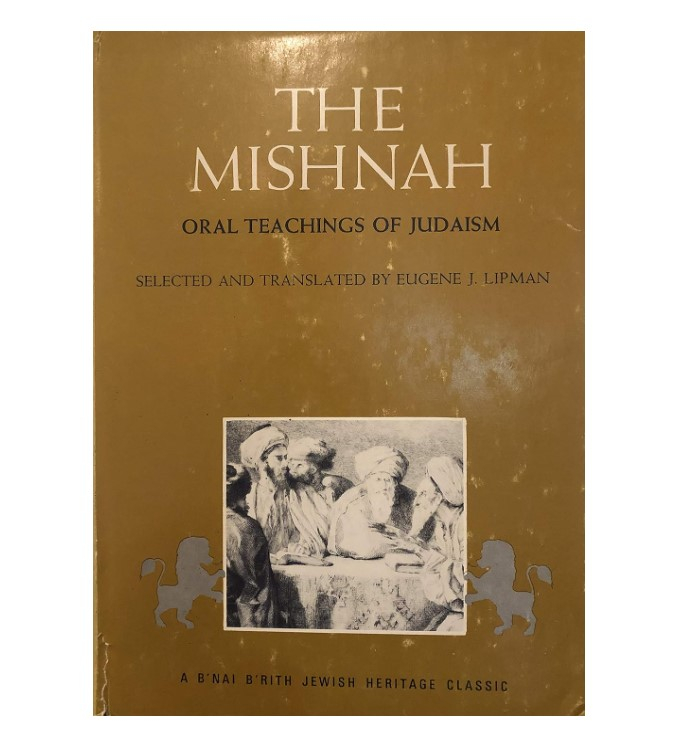
Screenshot of https://www.amazon.com/ 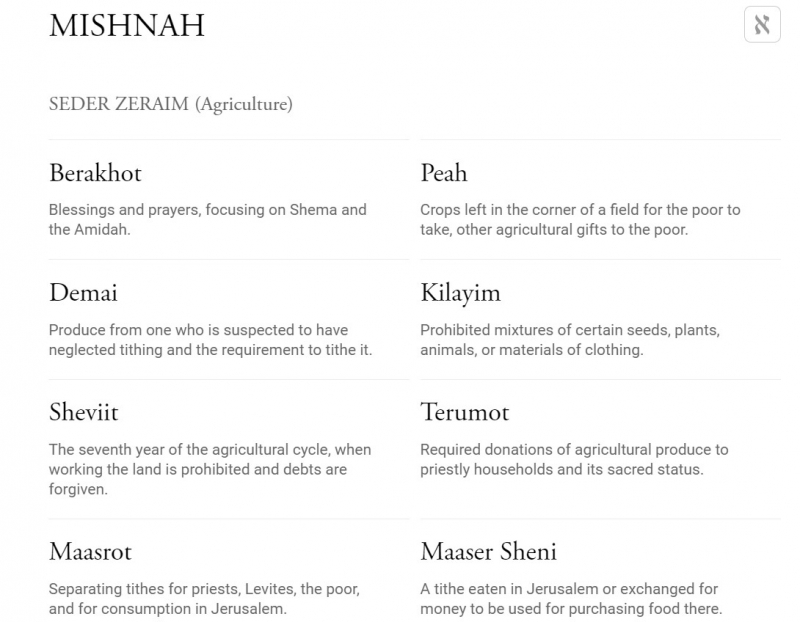
Screenshot of https://www.sefaria.org/texts/Mishnah -
Emerging from the depths of 13th-century Spain, the Zohar, meaning "splendor" or "brightness" in Hebrew, stands as a cornerstone of the Jewish mystical tradition, Kabbalah. Shrouded in mystery and intrigue, the Zohar's authorship is attributed to Rabbi Shimon bar Yochai, a 2nd-century sage, though its actual origins remain a subject of debate.
The Zohar talks about really deep stuff like God, the universe, and our souls. It uses stories, symbols, and tricky language to share spiritual ideas and show a sneak peek into the secret parts of life. The main idea in the Zohar is Ein Sof, which is like God's infinite and mysterious essence. From this, there are ten divine powers called sephirot, each showing a different way God creates things.
The sephirot are like different superpowers that mix together and make everything in the world happen. The Zohar talks about how these special powers create the universe and affect how we live. It says our souls are like tiny versions of the whole universe, carrying a bit of God inside them. By doing spiritual stuff and thinking deeply, we can wake up this special bit of God inside us and feel more spiritually complete.
The Zohar's impact on Jewish thought and practice has been profound. Its mystical teachings have inspired generations of Kabbalists, influencing Jewish art, literature, and spiritual practices. The Zohar continues to be studied and interpreted today, offering a profound and enigmatic exploration of the human relationship with the divine.
Link to buy: https://www.amazon.com/Zohar-Pritzker-Vol-1/dp/0804747474
Link to read: https://www.zohar.com/zohar
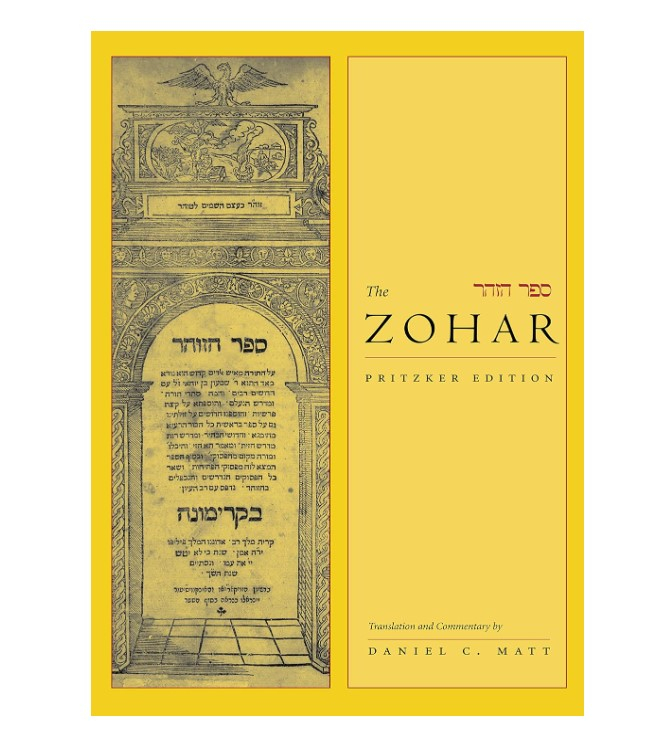
Screenshot of https://www.amazon.com/ 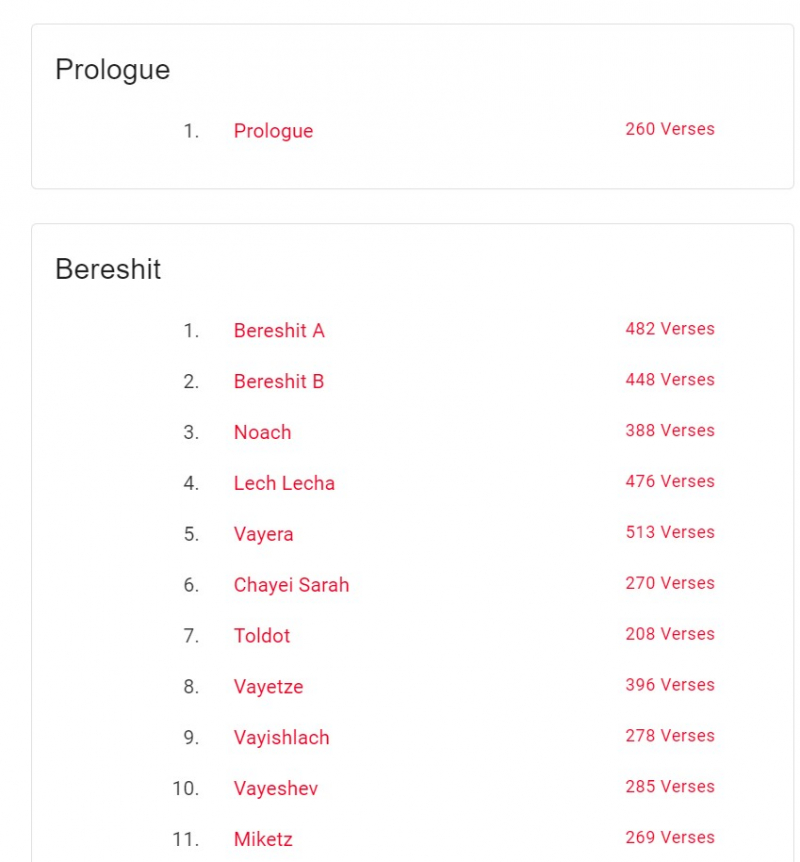
Screenshot of https://www.zohar.com/zohar -
The Code of Jewish Law is called the Shulchan Aruch in Hebrew, which means "Set Table". It gives everyday rules taken from Maimonides' code and other explanations. Rabbi Yosef Caro wrote it between 1488 and 1575. He was a wise person from the Sephardic tradition who lived in Safed, a holy city in northern Israel. Later, Rabbi Moshe Isserles, an Ashkenazi rabbi of Krakow, Poland, added notes whenever the Ashkenazi way of doing things was different from Rabbi Caro's rules.
People from all parts of the Jewish world accepted this combined text. The name "Shulchan Aruch" has become a way to talk about Jewish law. If someone follows Jewish law really well, they might be called a "Shulchan Aruch Yid." That means their every action lines up with Halachah, the Jewish way of living.
The Shulchan Aruch's impact on Jewish life has been immense. It has served as a unifying force, providing a common framework for religious practice and legal decision-making across diverse Jewish communities. Its rulings have guided countless individuals and families in their daily observance of Jewish law.
Over the centuries, the Shulchan Aruch has been supplemented by commentaries and glosses, providing additional insights and interpretations. Notably, Rabbi Moses Isserles' gloss, known as the Rema, added Ashkenazic customs and rulings, making the Shulchan Aruch applicable to both Sephardic and Ashkenazic communities.
Link to buy: https://www.amazon.com/Shulchan-Shneur-Zalman-English-Translation/dp/0826608620
Link to read: https://www.sefaria.org/texts/Halakhah/Shulchan
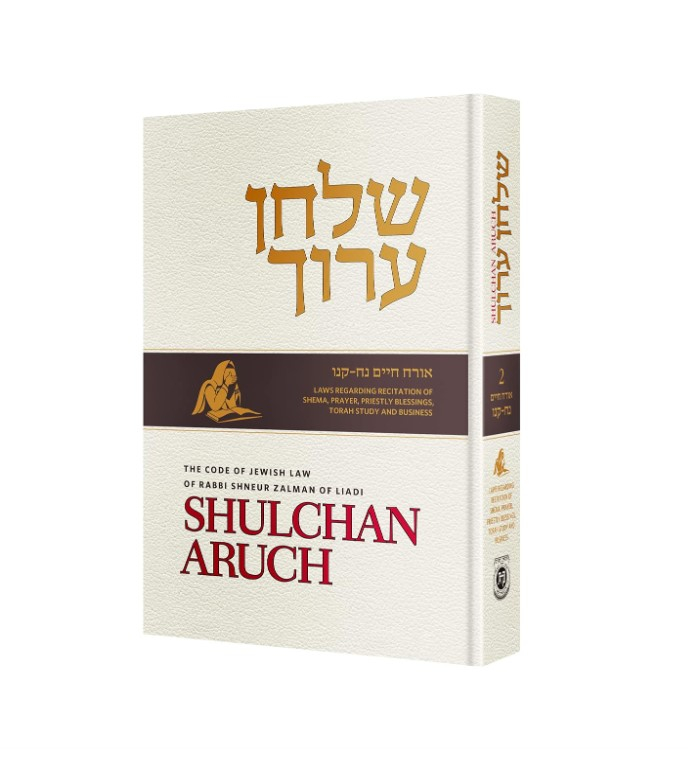
Screenshot of https://www.amazon.com/ 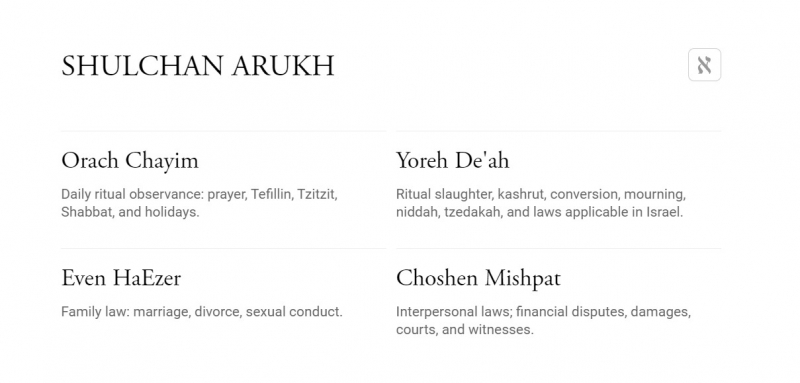
Screenshot of https://www.sefaria.org/texts/Halakhah/Shulchan%20Arukh -
The Haggadah, meaning "telling" or "narration" in Hebrew, is a Jewish text that recounts the story of the Exodus from Egypt and provides instructions for the Passover Seder, a ceremonial meal held on the first two nights of Passover. It is an essential part of the Passover observance, guiding participants through the symbolic rituals and retelling the Israelites' journey from slavery to freedom.
The Haggadah is a collection of prayers, songs, stories, and rabbinic commentaries that guide the Seder participants through the retelling of the Exodus story. The text is divided into 15 steps, each corresponding to a specific aspect of the Seder ritual. The Haggadah's purpose is to engage participants in the Seder experience and to foster a sense of connection to Jewish history and tradition. The text encourages questions, discussion, and participation, making the Seder a dynamic and interactive experience for all ages.
The Haggadah is a dynamic and evolving text, with variations and additions reflecting local customs and traditions. It serves as a powerful tool for education, commemoration, and spiritual connection, ensuring that the story of the Exodus remains alive and relevant for generations to come.
Link to buy: https://www.amazon.com/Passover-Haggadah-Nathan-Goldberg/dp/0870685422
Link to read: https://www.sefaria.org/Pesach_Haggadah
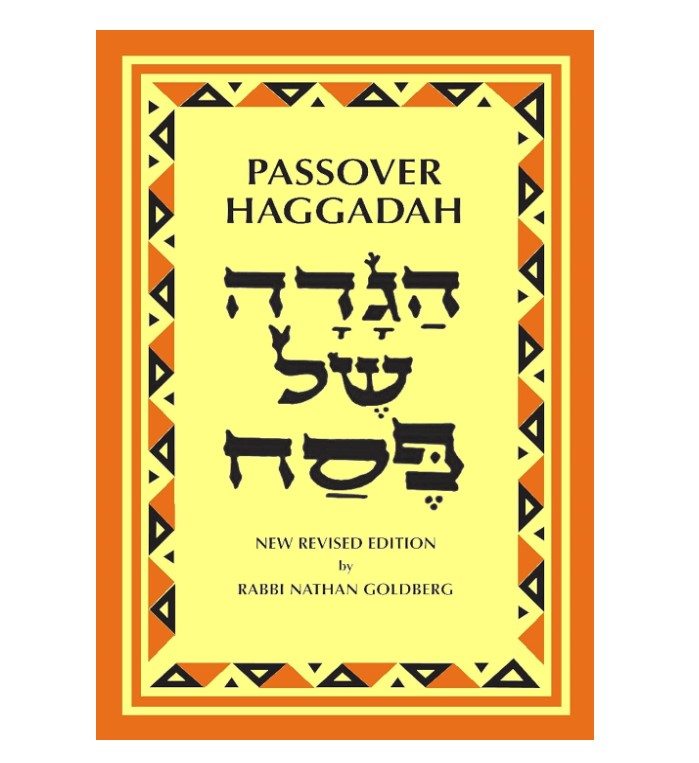
Screenshot of https://www.amazon.com/ 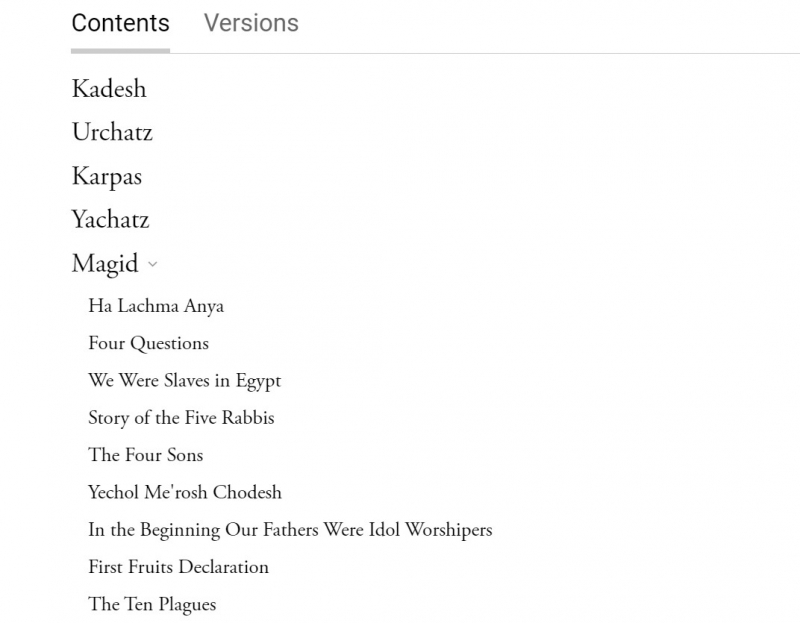
Screenshot of https://www.sefaria.org/Pesach_Haggadah -
The Siddur, which means "order" in Hebrew, is a Jewish prayer book that contains the prayers and blessings recited daily and for special occasions. It is a foundational text of Judaism, providing a framework for personal and communal connection with God. The Siddur's origins can be traced back to the early centuries of the Common Era when oral traditions of prayer were gradually compiled and organized. Over time, the Siddur evolved to incorporate diverse prayers and customs from various Jewish communities.
The Siddur is a living text, and it has been adapted and expanded over the centuries to reflect the changing needs of the Jewish community. However, the core prayers of the Siddur have remained largely unchanged, and they continue to express the deep faith and devotion of the Jewish people.
In addition to the prayers, the Siddur also includes a variety of other liturgical materials, such as readings from the Torah and the Talmud, blessings for various occasions, and instructions on how to perform certain rituals. These materials provide a rich context for the prayers and help to deepen the understanding of Jewish law and tradition.
The Siddur is an essential tool for Jewish prayer and study. It is a source of comfort, inspiration, and guidance for Jews of all ages and backgrounds. The Siddur helps Jews to connect with their faith and with their community, and it provides a framework for living a meaningful Jewish life.
Link to buy: https://www.amazon.com/Siddur-Tehillat-Hashem-Annotated-Translation/dp/0826601529/
Link to read: https://www.sefaria.org/Siddur_Ashkenaz
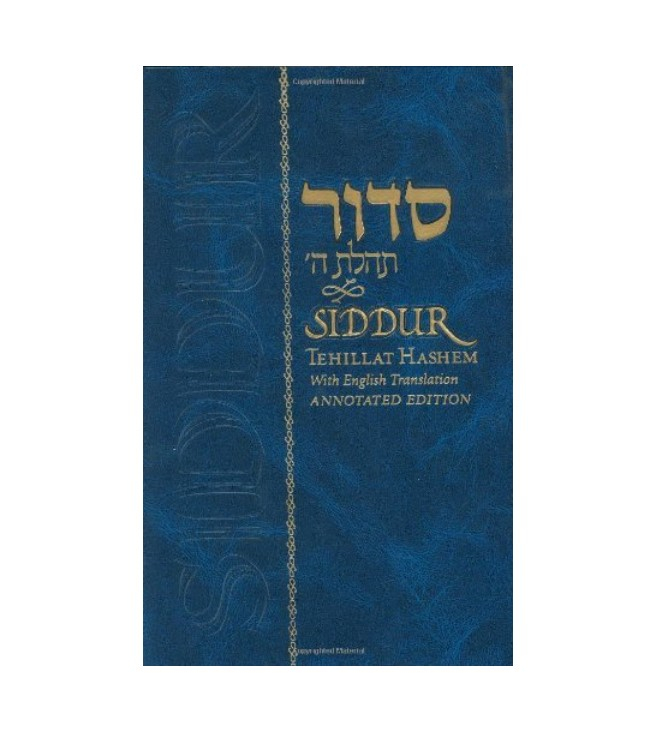
Screenshot of https://www.amazon.com/ 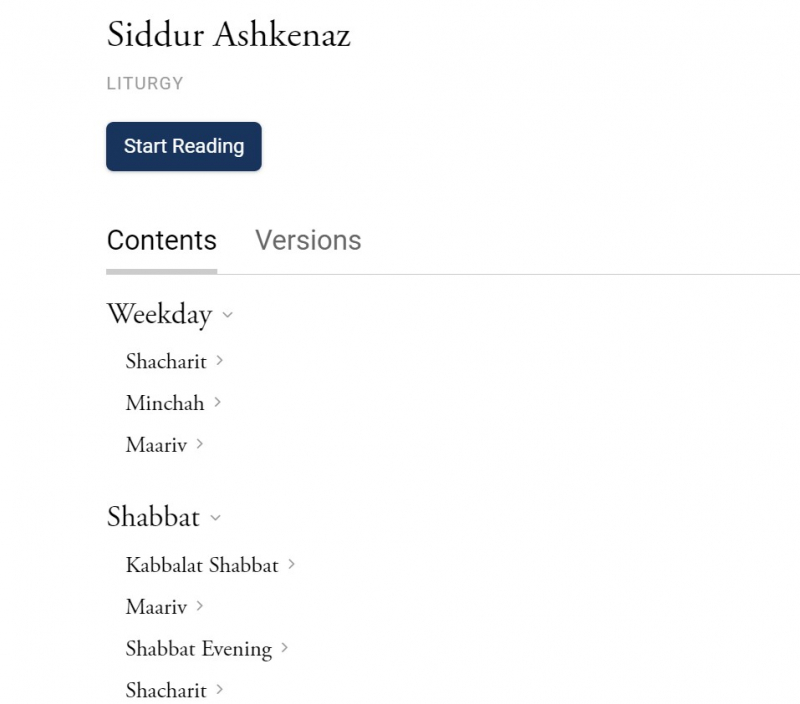
Screenshot of https://www.sefaria.org/Siddur_Ashkenaz -
Pirkei Avot is a really famous text in Rabbinic Judaism. According to Rashi, a well-known commentator from 11th-century France, it's called Pirkei Avot because it has the wise words of the early leaders of Judaism. At first, it was just known as Avot, which means "fathers" or "ancestors." It's part of the Mishnah, which is a big book of Jewish laws made in the early 3rd century C.E.
Pirkei Avot is different from other parts of the Mishnah because it tells stories and shares wise sayings, known as Aggadah. It doesn't have any binding legal rules (Halachah), but it's super important because it supports the authority of the rabbis, something the Bible doesn't do. The first two chapters follow the path of Jewish tradition from the time of the revelation at Sinai to the leading rabbis after the Second Temple was destroyed in 70 C.E. This unbroken line of tradition is a key reason why the Mishnah is considered important.
In Jewish history, various communities had different ways of reading and studying Pirkei Avot. Some studied it all year round, in both winter and summer. Others focused on it from Passover to Sukkot. Some communities only studied it when the Book of Exodus was being read, specifically from the Sabbath with Parashat Yitro (which includes the Ten Commandments) to the Sabbath with the last part of Exodus.
Link to buy: https://www.amazon.com/Pirke-Avot-Wisdom-Jewish-English/dp/0881255955
Link to read: https://www.sefaria.org/Pirkei_Avot
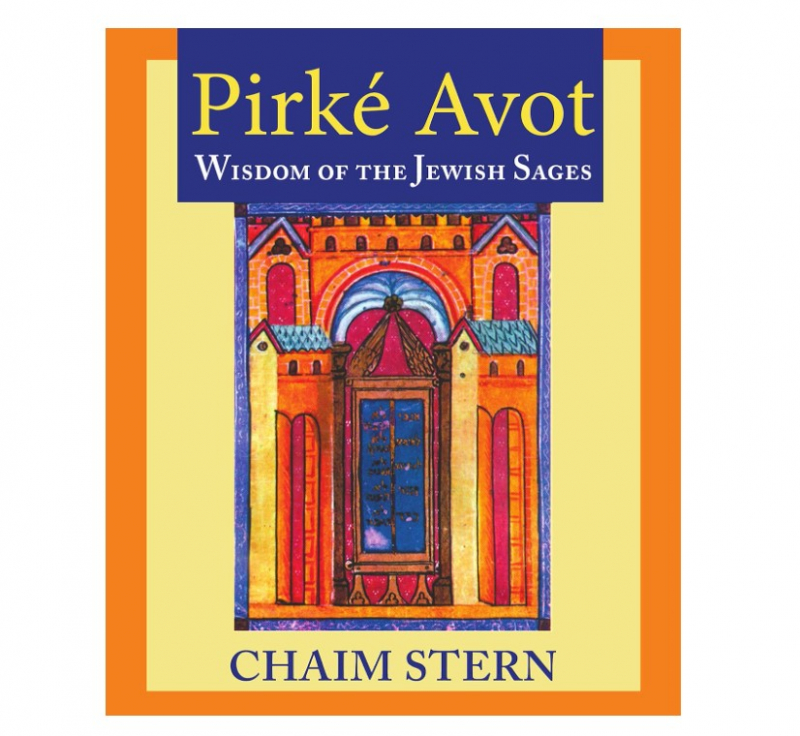
Screenshot of https://www.amazon.com/ 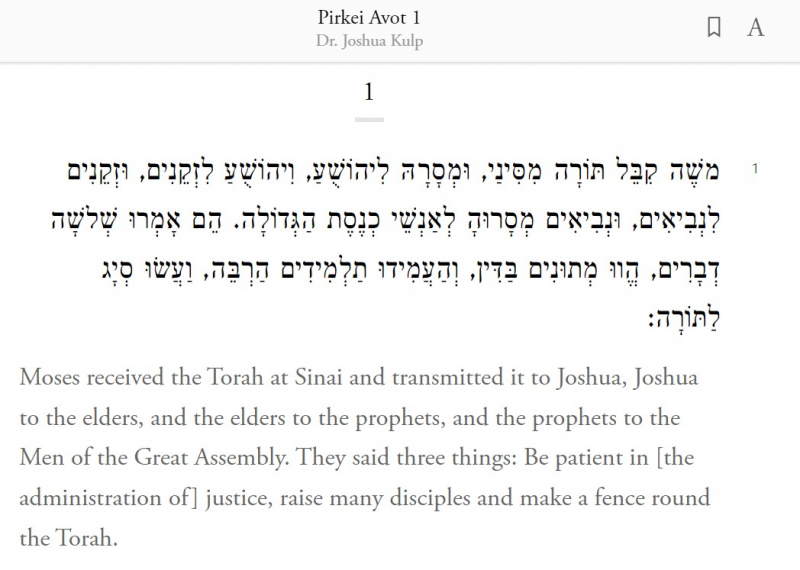
Screenshot of https://www.sefaria.org/Pirkei_Avot












